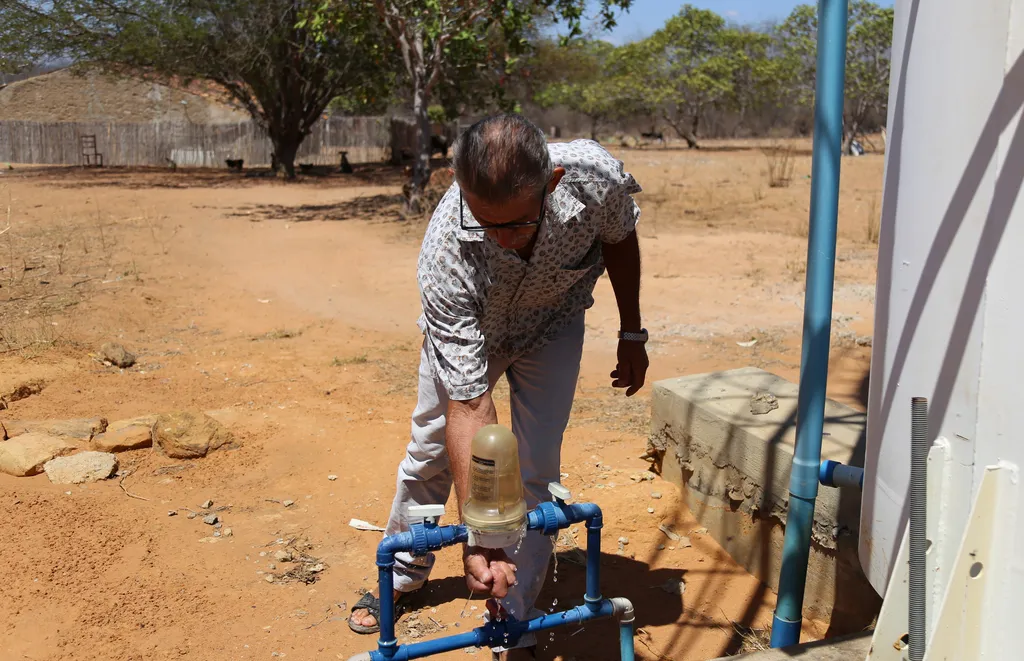In the heart of Brazil, where the rivers of Minas Gerais carve through a landscape rich in minerals and agriculture, a quarter-century of water quality data has been transformed into a powerful tool for understanding—and protecting—this vital resource. A recent study published in *Frontiers in Water* (translated as *Frontiers in Water*), led by Danieli Mara Ferreira of the Paraná Environmental Technology and Monitoring System in Curitiba, Brazil, offers a nuanced look at how water quality has evolved in this economically critical region.
Using a robust dataset of 258,233 samples from 675 monitoring stations, Ferreira and her team employed advanced machine learning techniques, including the Extra Trees regressor, to analyze trends in water quality parameters tied to agriculture, urbanization, and mining activities. The study’s findings are both encouraging and sobering: while median concentrations of pollutants like arsenic have declined over the past 25 years, exceedances of regulatory limits for manganese (Mn), iron (Fe), and total phosphorus (TP) remain significant, particularly during the rainy season.
“One of the key takeaways from this research is the critical role of hydrology in water quality dynamics,” Ferreira explained. “Our analysis showed that flow rates were the most important predictor of water quality, followed by urban infrastructure and areas with high metal content. This underscores the need for integrated watershed management that accounts for both point and non-point pollution sources.”
For the energy sector, which relies heavily on consistent water supplies for operations like hydroelectric power generation and cooling systems, these findings carry substantial weight. Water quality degradation can lead to operational inefficiencies, increased treatment costs, and regulatory non-compliance, all of which impact the bottom line. The study’s emphasis on seasonal variability, for instance, highlights the need for adaptive management strategies that anticipate and mitigate risks during high-flow periods.
The research also underscores the importance of forest cover in reducing pollution risks, a finding that could influence land-use policies and conservation efforts in the region. “Protecting and restoring vegetation cover isn’t just an environmental priority—it’s an economic one,” Ferreira noted. “Healthy ecosystems act as natural filters, reducing the need for costly remediation downstream.”
By combining long-term data with cutting-edge machine learning techniques, this study provides a blueprint for how other regions can approach water quality management. The use of the Theil-Sen non-parametric trend estimator, for example, offers a statistically robust method for detecting subtle but meaningful changes over time, while the Extra Trees regressor demonstrates how predictive modeling can identify key drivers of pollution.
As Minas Gerais continues to balance industrial growth with environmental stewardship, this research offers a roadmap for decision-makers. It’s a reminder that water quality isn’t just an environmental issue—it’s a cornerstone of economic resilience. And with the stakes as high as they are, the insights from this study couldn’t come at a more critical time.

